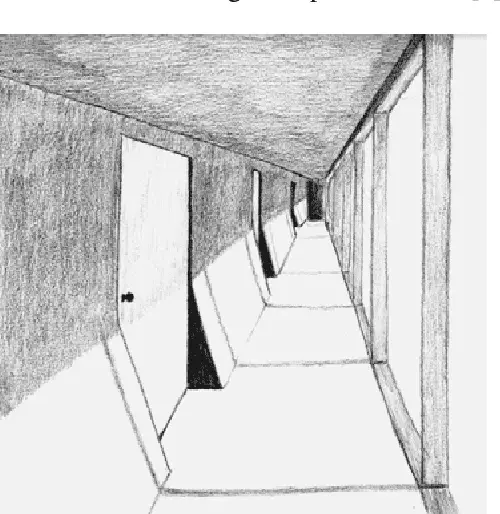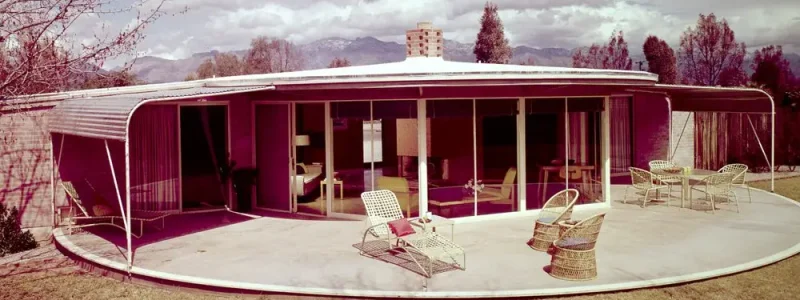Arthur T. Brown — Tucson’s Pioneer of Passive Solar Architecture
Arthur T Brown was a mid-century modern architect and a problem solver. He redefined how people built and lived in the Sonoran Desert in the mid 1900s. Decades before sustainability became a buzzword, Brown was creating energy-efficient homes that worked with the desert climate. His designs maximized natural light, airflow, and thermal mass. He was a pioneer of passive solar architecture in Tucson.
A Life Rooted in Innovation
Brown was born in Missouri in 1900. He trained as an architect in Chicago before moving to Tucson. Unlike many of his contemporaries, he embraced the challenges of the desert environment. Instead of relying on artificial heating and cooling, he designed homes that adapted to the climate. His philosophy was simple but revolutionary. Work with nature, not against it.
The Principles of Brown’s Desert Architecture
Brown’s designs incorporated several key features that made desert living more comfortable.
Passive Solar Design – Thoughtfully placed windows, overhangs, and courtyards kept interiors cool in summer and warm in winter.
Local Materials – He frequently used adobe and burnt adobe, known for their ability to regulate indoor temperatures naturally.
Indoor-Outdoor Flow – Large windows, breezeways, and courtyards blurred the line between inside and outside. He designed homes to feel more connected to their surroundings.
Natural Ventilation – Homes were designed to catch cooling breezes, reducing the need for air conditioning.

Notable Works

Brown’s designs can be found across Tucson. Many of his buildings still stand, as testaments to his ingenuity. Some of his most notable projects are below.
The Ball-Paylore House (1952)
The Ball-Paylore house is one of Brown’s most famous designs. It is now owned by the Tucson Historic Preservation foundation, and is operated as a bed and breakfast.
The Ball-Paylore House is a compact, circular residence that exemplifies passive solar principles. The half-circle patio features a rotating steel roof that allows residents to control sun exposure. It keeps the home comfortable year-round. The design was decades ahead of its time, demonstrating an understanding of sustainability that is still relevant today.
The Brown House (1942)
Brown’s own Tucson home is a showcase of desert architecture. Built with thick adobe walls and deep overhangs, it remains naturally cool in summer and retains warmth in winter. It boasts expansive windows and a seamless connection to the outdoors—hallmarks of Brown’s work.
First Christian Church (1953)
One of Brown’s most striking designs, this mid-century modern church features a dramatic roofline and an innovative use of natural light, reflecting his talent for combining practicality with architectural flair.
Residential Homes Throughout Tucson
Brown designed many private homes across Tucson, each one tailored to its specific site and the needs of its occupants. His ability to create comfortable, beautiful, and energy-efficient spaces has made his work highly sought after, even decades later.

The Tucson International Airport Terminal (1960s, later demolished)
Brown’s influence extended beyond residential architecture. His original design for Tucson International Airport featured his signature modernist, climate-conscious aesthetic. Though it no longer stands, it was a prime example of his ability to blend beauty with function.
A Lasting Legacy
Brown’s influence on Tucson architecture is undeniable. His designs showed that homes could be both beautiful and climate-friendly. While some of his buildings, like Tucson General Hospital and the Tucson Biltmore Motor Hotel, have been lost to demolition, his remaining works are treasured pieces of mid-century modern history.
Today, as architects revisit passive solar principles to address climate change, Brown’s work remains more relevant than ever. Those fortunate enough to live in one of his homes know firsthand—it’s not just about living in a house. It’s about living in harmony with the Arizona desert landscape.
Mid-Century Modern in Tucson
If mid-century modern homes tickle your fancy, check out our page of mid-century modern listings in Tucson. Also, check out the Tucson Historic Preservation Foundation website for more information on Arthur T Brown, as well as other well-known Tucson architects.
